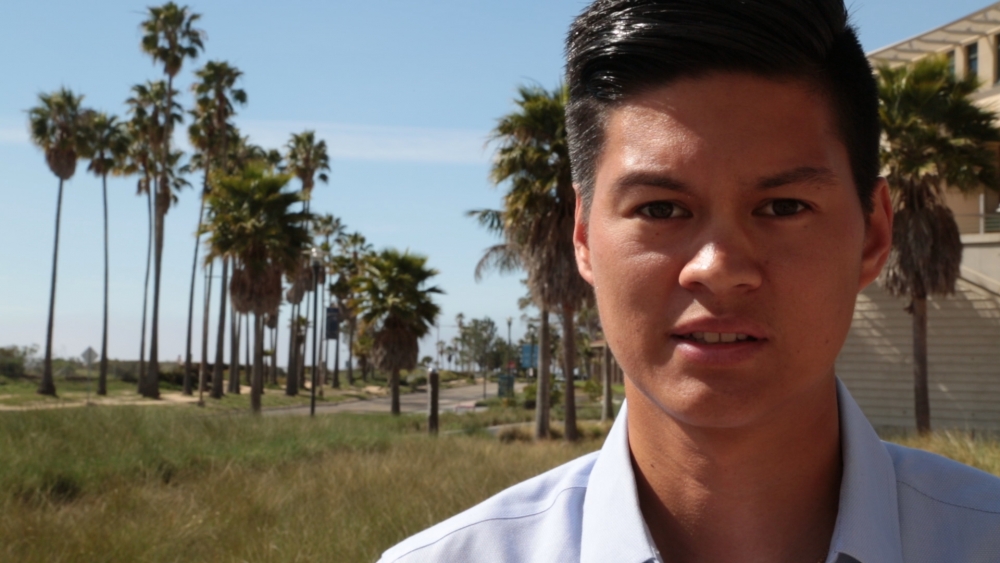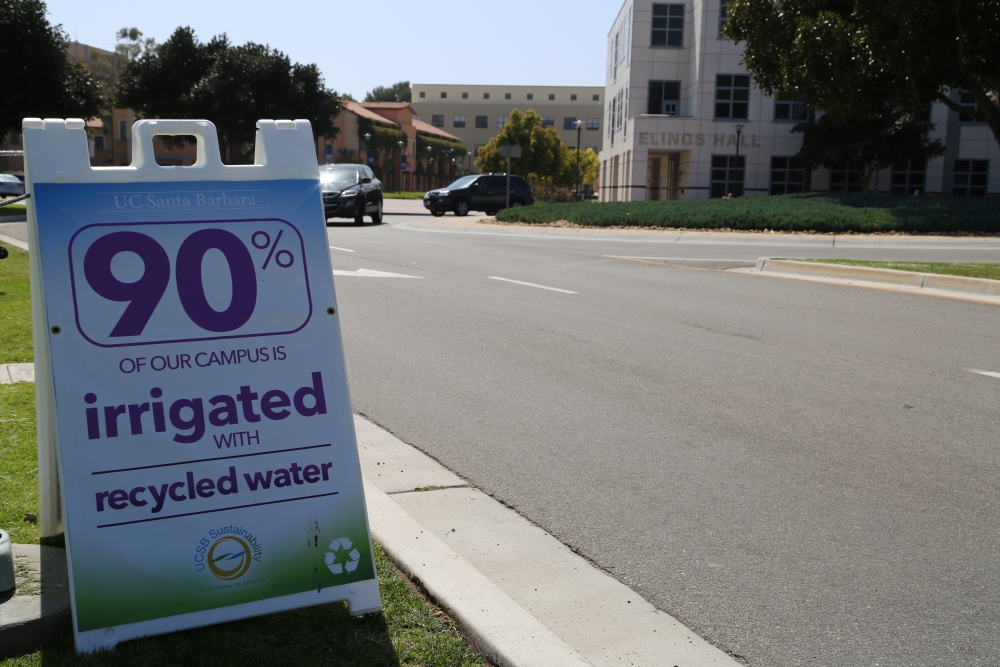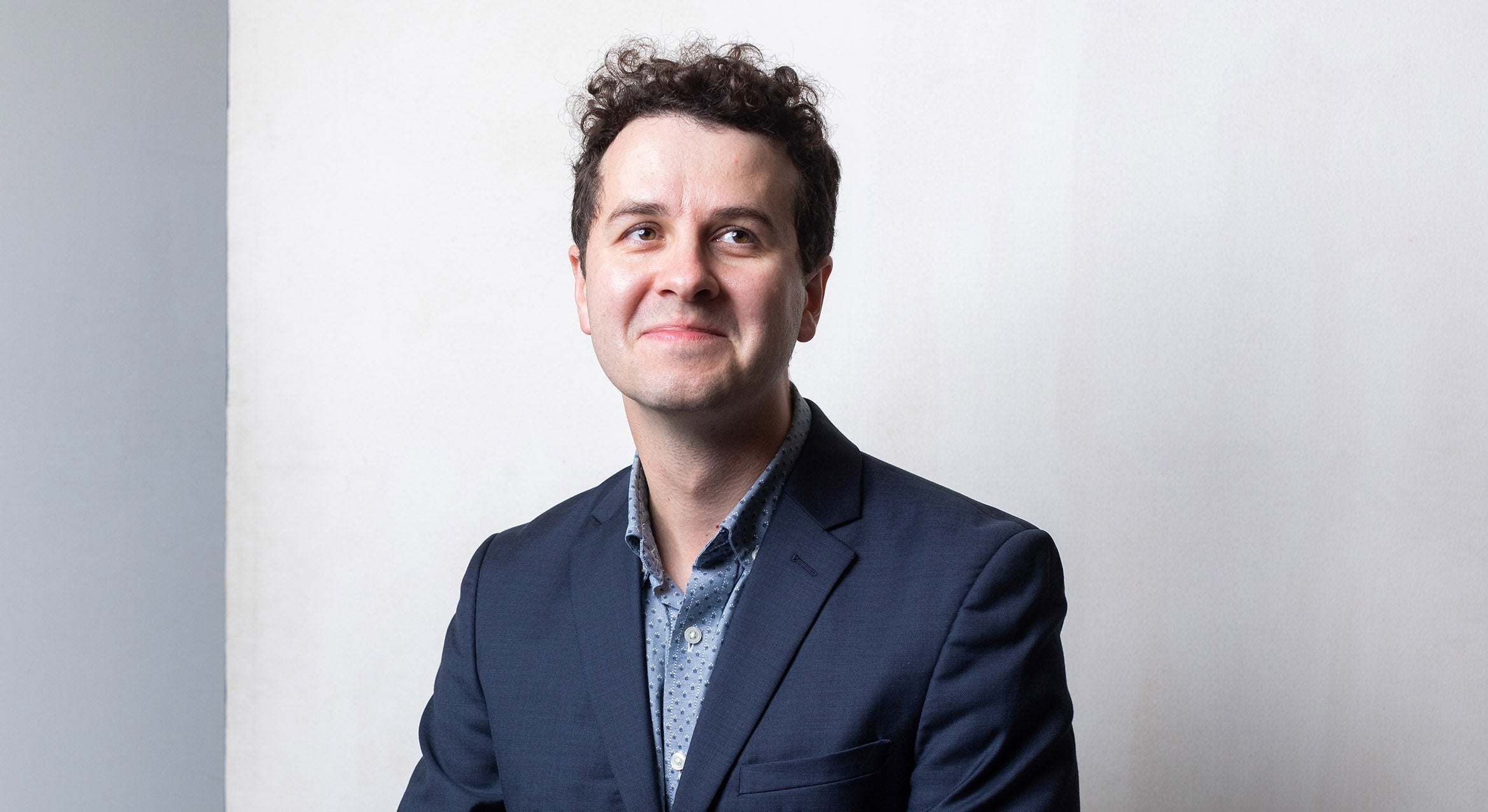Holding Water


Already at the forefront of sustainability efforts among California universities, UC Santa Barbara’s longstanding commitment to water conservation has positioned the campus remarkably well to ride out the drought.
And then some.
The institution that bested, by nine years, a UC system mandate to reduce potable water use 20 percent by 2020 — UCSB achieved a 25 percent reduction by 2011 — is now seeking to conserve even more. With its novel and lauded Water Action Plan as its guide, the campus is continuing its proactive push to cut consumption of potable water.
“This is going to be a major part of our lives for the near, middle and long term, unless the sky opens up and gives us plenty of water,” said Marc Fisher, UCSB’s senior associate vice chancellor for administrative services. “For right now we are assuming water is running low and that we need to do anything we can to save as much as we can.”
As many institutions look to implement the type of conservation practices that have been habit for UCSB for decades, the coastal campus is getting creative. Water-saving strategies now on tap range from retrofitting restrooms to hiring a preventative maintenance plumber. And facilities staffers are studying other potential areas — such as cooling towers and research labs — where the use of potable water could be cut back.
Some 90 percent of campus landscapes are already irrigated with reclaimed water; the others will see irrigation shut down for the duration of the drought, or reduced by half until recycled water can be brought in. Six additional landscapes will go to reclaimed water irrigation this summer.
An early adopter in the use of reclaimed water and today the largest user in the area, according to Fisher, UCSB is also looking into the possibility of bringing reclaimed water into restrooms to save potable water lost to flushing. Grant funding has already been secured to upgrade restrooms with more efficient water fixtures, including in-line aerators and high-efficiency toilets.
“We’ve not created a drought action plan because we have a comprehensive water action plan that tells us what to do ahead of time,” said Matthew O’Carroll, UCSB’s refuse, recycling and water efficiency manager. “In the environmental realm, crisis often promotes action. We need to break that habit and prepare for a crisis well in advance. Creating a drought action plan will only get you so far; plans created at the time of the crisis often lead to temporary recommendations that have not been thoroughly analyzed. As an institution of higher education, we really need to focus on institutionalizing water conservation and efficiency efforts.
“We’re not in trouble over the drought on this campus, because we have this water action plan,” continued O’Carroll, a chief architect of the award-winning plan that doubled as his master’s thesis at the Bren School of Environmental Science & Management. “We’re definitely doing our part and we will continue to do our part in regards to water conservation and efficiency efforts.”
Also included in those efforts: an ongoing awareness campaign that recently saw the installation of campuswide information about irrigation conservation and the production of a video spot — now playing at area movie theaters — highlighting UCSB’s water achievements more broadly. Digital displays in campus residence halls (where restrooms are outfitted with voluntary shower timers) educate students on all things water.
It must be working.
With the national average for individual water use currently sitting around 60 to 100 gallons per person per day, the daily average for UCSB’s student residents is just 28 gallons each. That’s a figure that includes food service, laundry, hygiene and even irrigation around residence halls. It’s the lowest local average, according to O’Carroll, who said Goleta is at 66 gallons per person per day; Santa Barbara at 86; and Montecito at 290.
Since the early 1990s, when drought conditions kicked UCSB’s efforts into high gear, the campus has pursued aggressive water conservation strategies for its academic buildings, residential and dining facilities, industrial applications and landscaping and irrigation practices. It hasn’t slowed since.
“There was acknowledgement early on at UCSB that we had to have a different strategy for water,” said Fisher. “We’ve now picked all the low-hanging fruit, which is forcing us to go into areas that are a little bit newer. We’re pushing ourselves to figure out how to squeeze things even harder … and I think it probably does push us out to the leading edge on this issue.”
From using reclaimed water on its landscapes to installing waterless urinals in men’s restrooms, UCSB has long been setting the trend when it comes to campus water conservation. Credit its innate tendency toward outside-the-box ideas such as this: removing trays from its dining commons, which saves 1 million-plus gallons of water per year (not to mention food waste) by cutting back on dirty dishes.
Even UCSB’s conservation blueprint, the Water Action Plan, was itself ahead of the curve. Conceived and developed by a group of graduate students, it was a first-of-its-kind document for the UC system when it was adopted in 2013.
“We had everything lined up and ready to roll when it was publicly needed, but behind the scenes it’s been happening for years,” campus sustainability director Mo Lovegreen said of UCSB’s strides around water. “As a campus as a whole we’ve done phenomenal work. And we’re poised to move on to our next initiatives.”
In a recent message to the campus, Chancellor Henry T. Yang echoed those comments.
“At UC Santa Barbara, we fully recognize the worth of our water resources,” Yang wrote. “Through proper planning and foresight, and through all of our collaborative efforts, we are committed to never allowing the well to run dry.”



